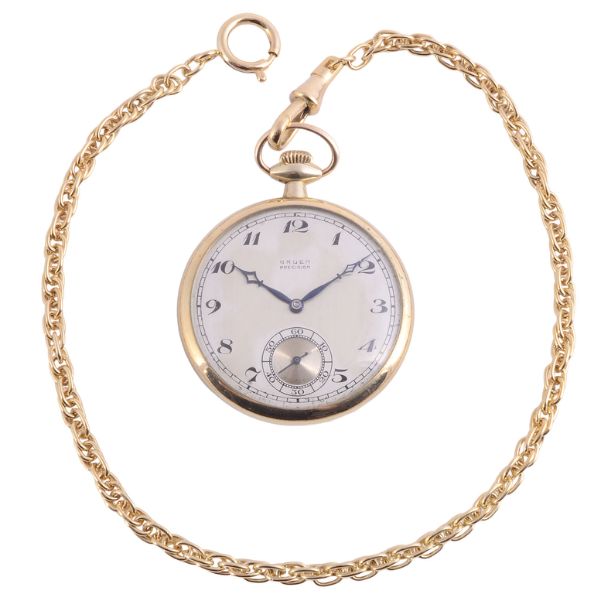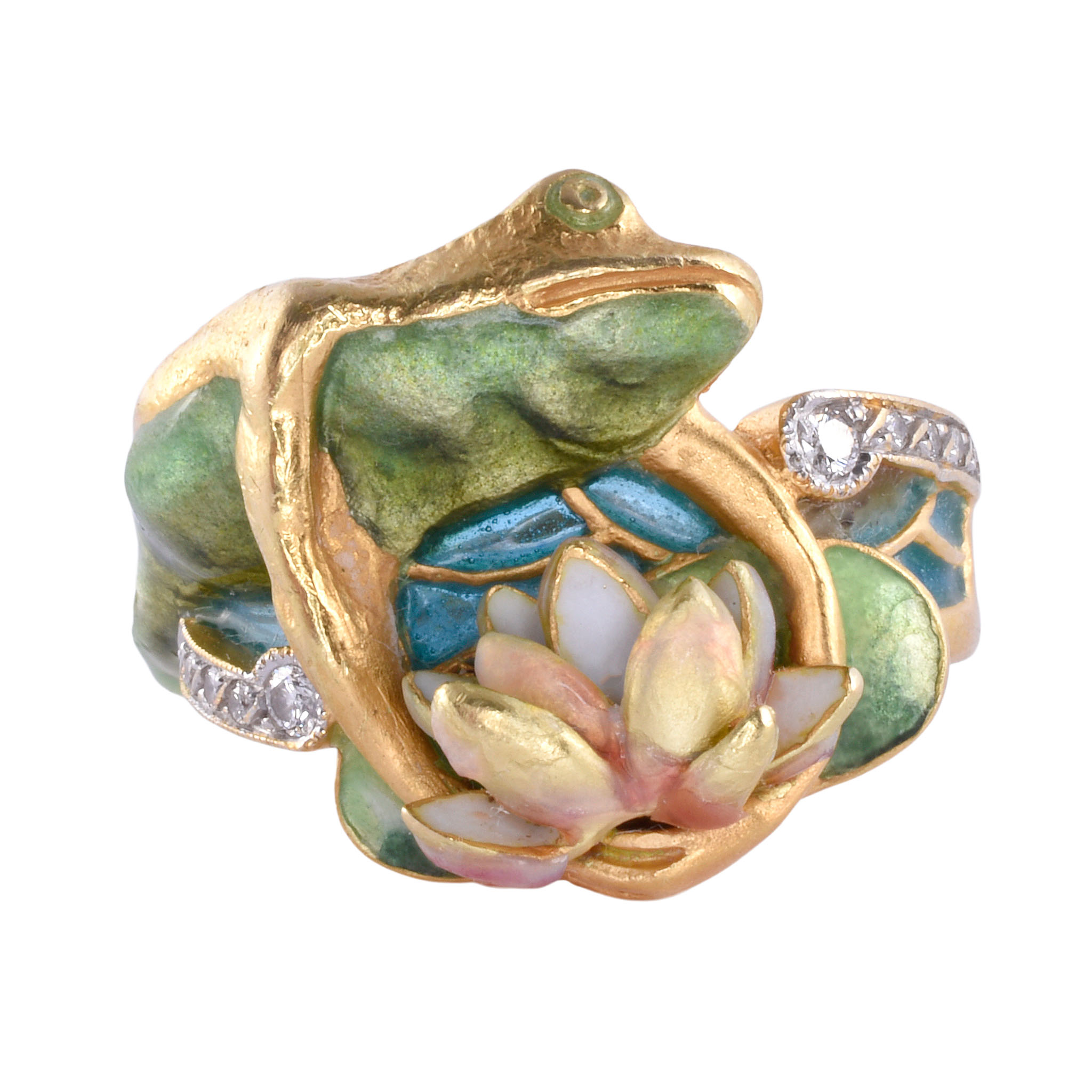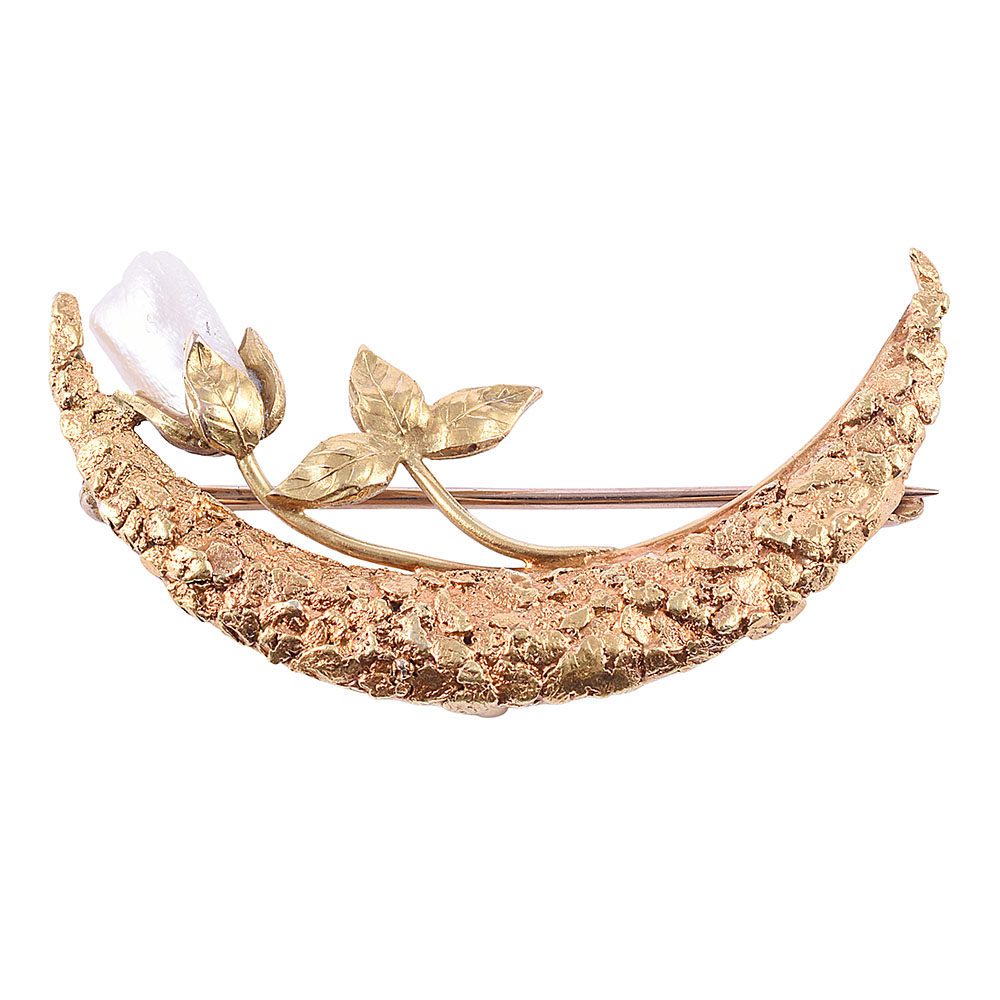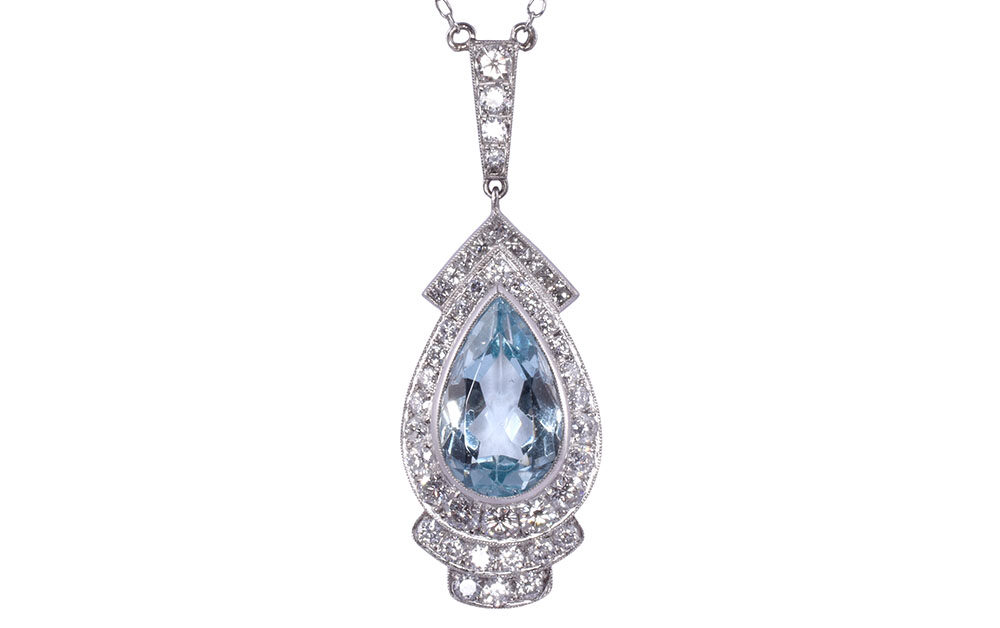The Correct Way To Wear an Antique Pocket Watch


Inheriting or purchasing a pocket watch is a rite of passage for many young adults. It’s important to learn the correct way to wear an antique pocket watch.
Winding and Using Your Pocket Watch
When you inherit or purchase an antique timepiece, you can identify the style depending on how the watch opens and how it’s wound:
Winding
Key Winding: Very old antique timepieces are wound with a key that was often attached to a watch chain.
Knob Winding: Adrien Philippe invented a “stem wind” mechanism in 1842. At the London exhibition of 1851, Patek Philippe & Co. sold stem-winding watches that the wearer could set and wind with a knob at the crown. This style became the standard after 1880.
Opening
You can view the time on a pocket watch directly or by opening the cover, depending on the type:
- An open pocket watch style has no cover over the face other than the transparent crystal.
- A hunter style has a hinged metal cover that closes over the entire face.
- A half-hunter has a metal cover with a window so the wearer can see the time.
- A double hunter’s front and back have covers.
Wearing Your Pocket Watch
How you wear your pocket watch depends on how formal your outfit is, whether you’re wearing a waistcoat (vest), and the type of attachment at the end of the chain. A watch chain will have a T-bar, bolt ring, belt bar, or slide clip opposite to the timepiece. The T-bar is the most formal, while the belt bar, slide clip, and bolt ring types are for more casual outfits.
Put the chain through a low buttonhole in your waistcoat and into the vest pocket on your dominant hand’s side. Put the watch in the pocket opposite your dominant hand. The chain will hang in a swag in front of your vest, and your dominant hand stays free.
Other options include the “single Albert” or “double Albert,” after Queen Victoria’s beloved husband. The single leaves the T-bar just behind the vest buttonhole. You can hang a decorative “fob” to drop from the middle of the chain. The double has a fob “drop” and the T-bar in the vest pocket, making a double swag with the fob adornment in the middle.
For suits without a vest, put your watch in a front or breast pocket with the T-bar through your suit buttonhole or lapel boutonniere hole.
Attach slide bars or bolt rings to your vest or belt loop. Other outfits allow you to hang a watch in swags from blouse buttons, belt loops, or skirt waists. If you have no pocket, be sure to keep the timepiece from swinging into objects, potentially damaging it.
A final tip about the proper way to wear an antique pocket watch: don’t over-accessorize. Your watch and chain take center stage when you wear them, so keep pocket squares monotone and small, and cufflinks, bracelets, and brooches or lapel pins to a minimum.



